“It was a perfect October day: warm, at least in the mid to upper 70s, with no wind at all. In fact, it was the kind of heat and stillness that we used to call ‘earthquake weather,’” said Michael Vezzali-Pascual ’88.
On Oct. 17, 1989, the 6.9 magnitude Loma Prieta earthquake left the Bay Area shook. The 11 mile focal depth was striking in contrast to the typical California earthquake with an average focal depth of 4 to 6 miles.
The earthquake originated near Mt. Loma Prieta in the Santa Cruz Mountains, and it extended 56 miles to San Francisco where the third game of the World Series was taking place at Candlestick Park.
Riordan alumnus and teacher Vezzali-Pascual was working as a seat vendor there when it happened.
“All of a sudden, as I was loading more programs into my bin, the lights went out, and one of the cashiers yelled, “It’s an earthquake!” He recalled how the earthquake was less quake, and more “like a massive wave rolled underneath us and I think it kind of knocked me off kilter.”
He continued, “Of course, in true Candlestick Park crowd style, there was a moment of stunned silence, and then a huge roar of cheers came up from the crowd! As I walked around selling programs, I was calling out in my vending voice, ‘Hey programs! Programs, here! These tell you where the exits are!’”
“The quake really fired up the crowd! People were saying, ‘That was nothing! Wait ’till the Giants start hitting!’”
Game 3 was rescheduled for Oct. 27 when the SF Giants and the Oakland A’s resumed play.
Fans at the World Series were not the only ones disrupted. Up and down the peninsula 18,306 houses and 2,575 businesses were damaged, along with 963 houses and 147 businesses destroyed, and 63 dead according to the California Department of Conservation.
Math teacher Ottilie Valverde, Riordan’s longest serving faculty member, had just left school when the road beneath her car rumbled.
“The earthquake occurred when I was sitting at a traffic light on Ocean near the overpass just before the freeway entrance. I had stopped for the red light and was right next to a streetcar. The streetcar started shaking from side to side so I knew it had to be an earthquake, and I thought it was going to fall onto my car and kill me.”
Valverde eventually continued on her way to meet her husband and daughter downtown.
“I started the earthquake actually,” commented Riordan teacher Viggen Rassam ’87, who had just started a new job at Grand Central Market – now known as Molly Stones on California and Polk streets.
Tasked with cleaning up the wine aisle, Rassam recounted his boss condemning his first day as “bad luck” telling him: “This is your fault, you started today, you’re bad luck!”
“I knew after that I didn’t wanna work in a grocery store, that was a short lived job,” concluded Rassam.
Rassam shared what he saw when he walked outside on the city streets.
“It was eerie that day just simply because when you walked out everything was just like quiet (be)cause things stopped. Everything was out, nothing was working.”
48 hours of darkness later, most of San Francisco regained power. Enduring the most devastating effects of the quake, the Marina District lacked electrical power for a week and once up and running again, was patchy for the ensuing months.
The Bay Bridge and Embarcadero Freeway, however, were not an immediate fix. A section from the upper level of the Bay Bridge collapsed onto the lower portion, resulting in one death. The Embarcadero Freeway was beyond repair with multiple slabs from the top having fallen on the lower half. Demolition and removal began in 1991, three years after the earthquake caused its closure.
“Stop drop and roll, Oh wait that’s fire,” responded Jessica Cheung ’26 after being quizzed on earthquake safety.
Earthquake awareness is imperative for California residents so in addition to a fire plan, schools are required to have an earthquake plan in case of emergency.
“I created the current plan that we use,” affirmed Rassam, who is also Riordan’s Director of Security.
Considering the safety of all students and faculty members, Rassam’s goal when carefully designing the plan was to keep everyone on the Riordan campus.
“I don’t want any students or staff to go out to the front of the school, (bea)cause you dont know what’s out there; The danger may be on the outside.”
On Thursday, at 10:17 a.m., the Riordan community participated in a statewide drill in commemoration of the Loma Prieta earthquake and to prepare students, teachers, and staff for any future earthquakes.
Rassam elaborated on how Riordan was built earthquake ready. The school was constructed in three sections, each connected by a set of “chain teeth” as he called them. In the event of an earthquake this layout allows each piece to move separately instead of as one large unit, preventing extreme damage.
“It held up really well, there was no real damage to the building and I think it was attributed to that.”
While anyone born post 1989 couldn’t have experienced this event as it occurred, the Academy of Sciences in Golden Gate Park provides a simulation allowing visitors to experience the 1989 earthquake as well as the 1906 earthquake.
In addition to facilitating core field trip memories, the “Shake House” educates young and old on earthquake history and safety.
Loghan Huang ’27 reminisced about the exhibit from a past field trip, saying, “That was one of the highlights of the Museum .. it’s interesting seeing what the big earthquakes are like.”
Cheung recounted how wild the earthquake must have been, saying, “In that simulation I really did have to grab onto something or else I would have fallen.”
The Bay Area has been through a lot, learned from mistakes, and improved together. Every year, on the anniversary of the 1989 and 1906 earthquakes, people talk about earthquake safety and preparation, but tend to forget as the days on the calendar tick by. The key, seismologists say, is to always be prepared because it’s not a matter of if, but when.





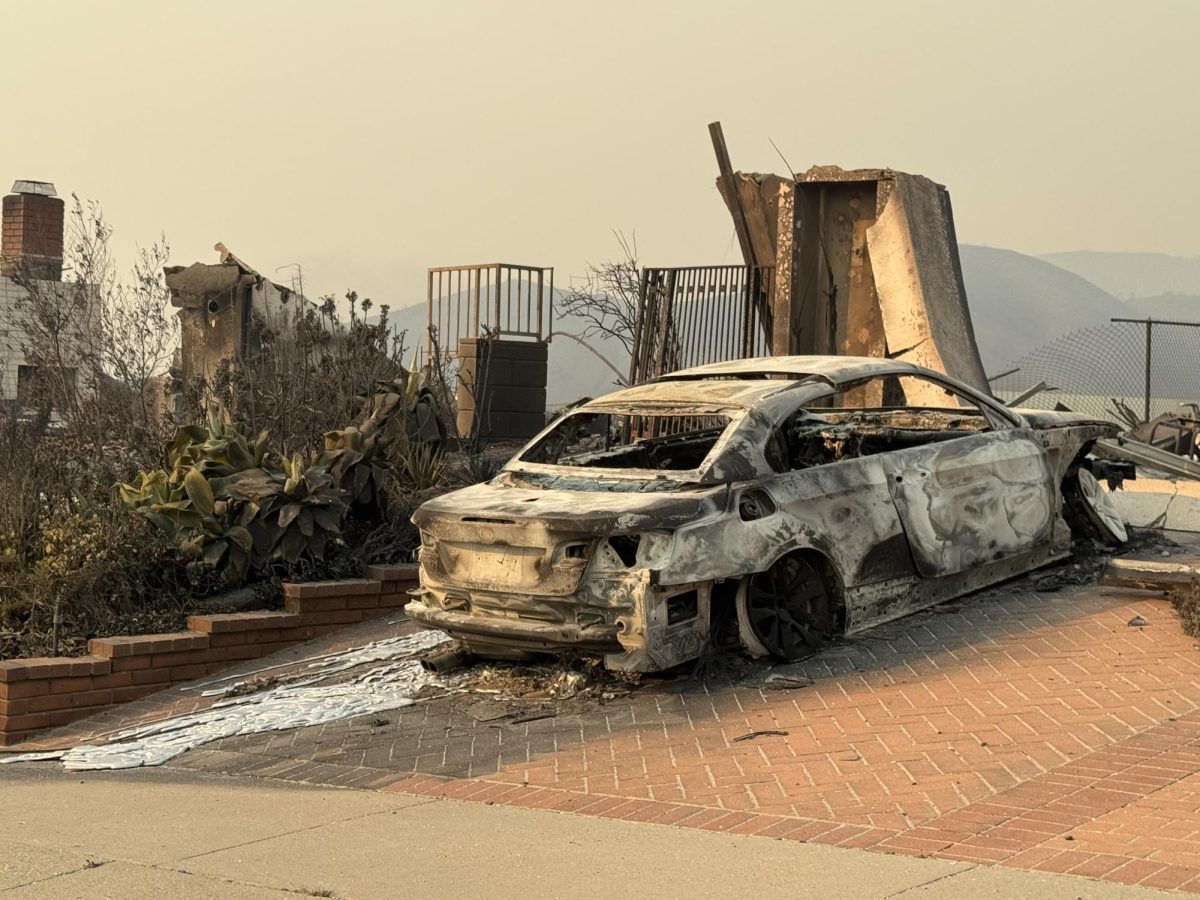
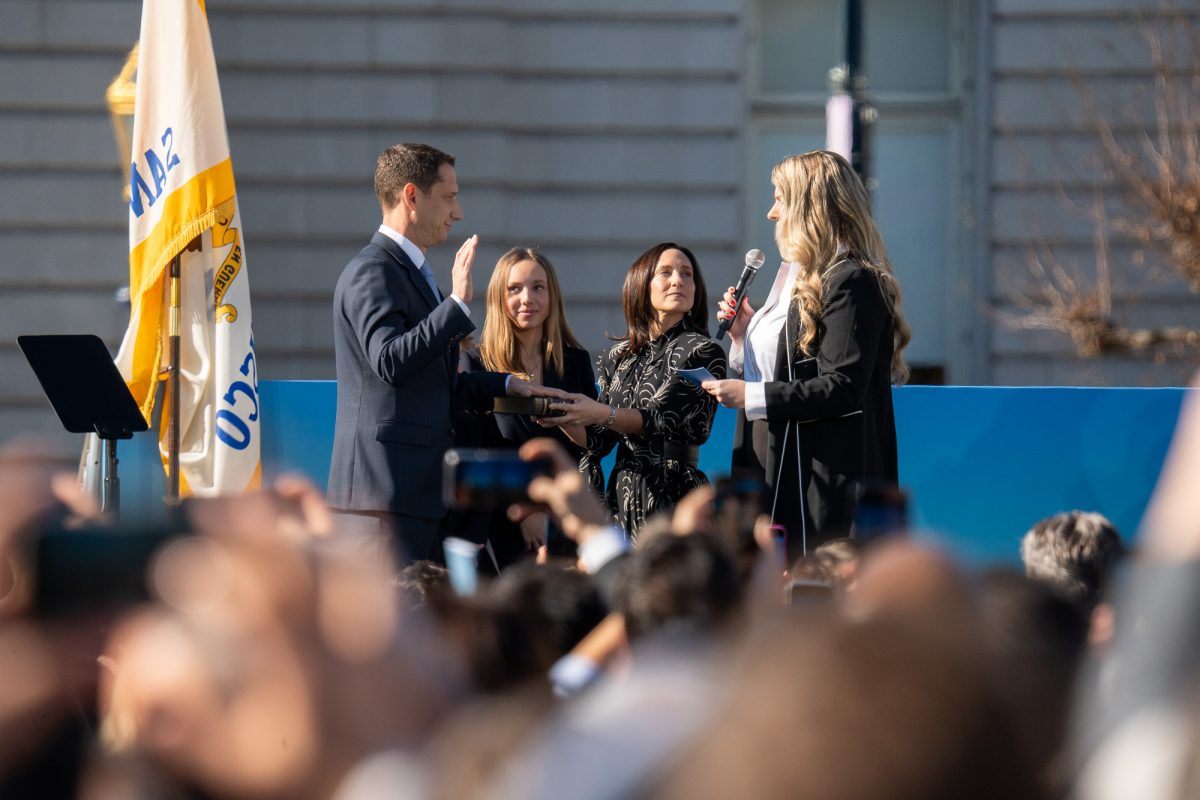


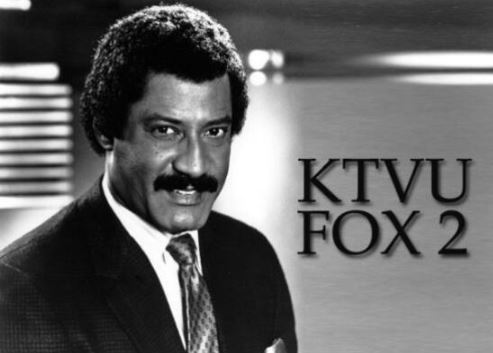

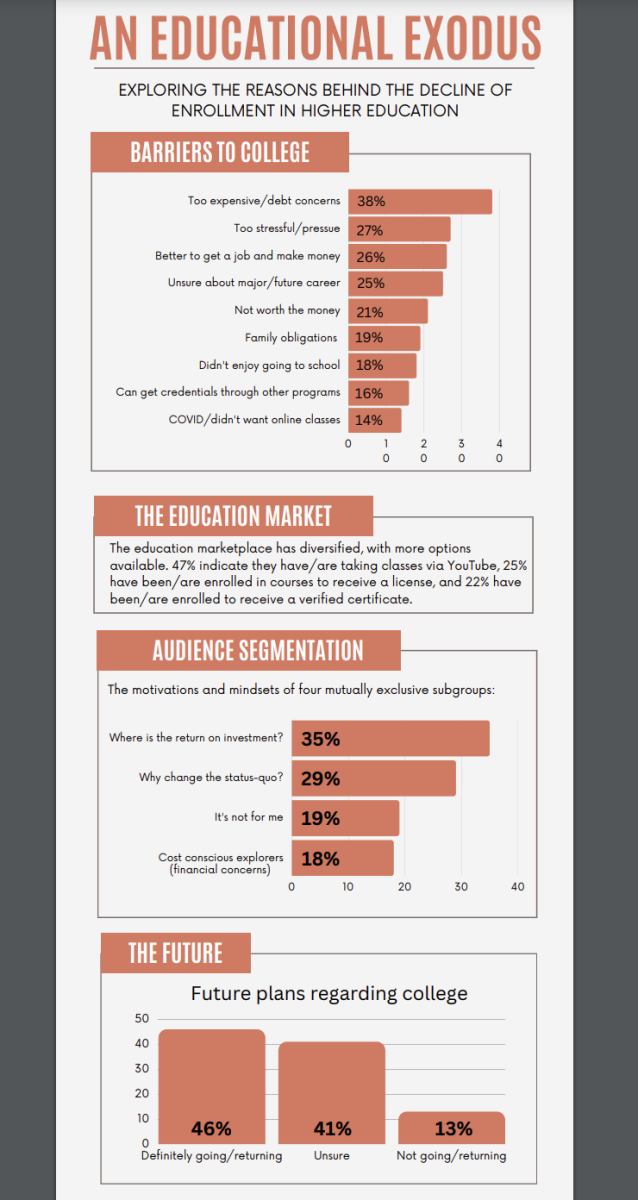

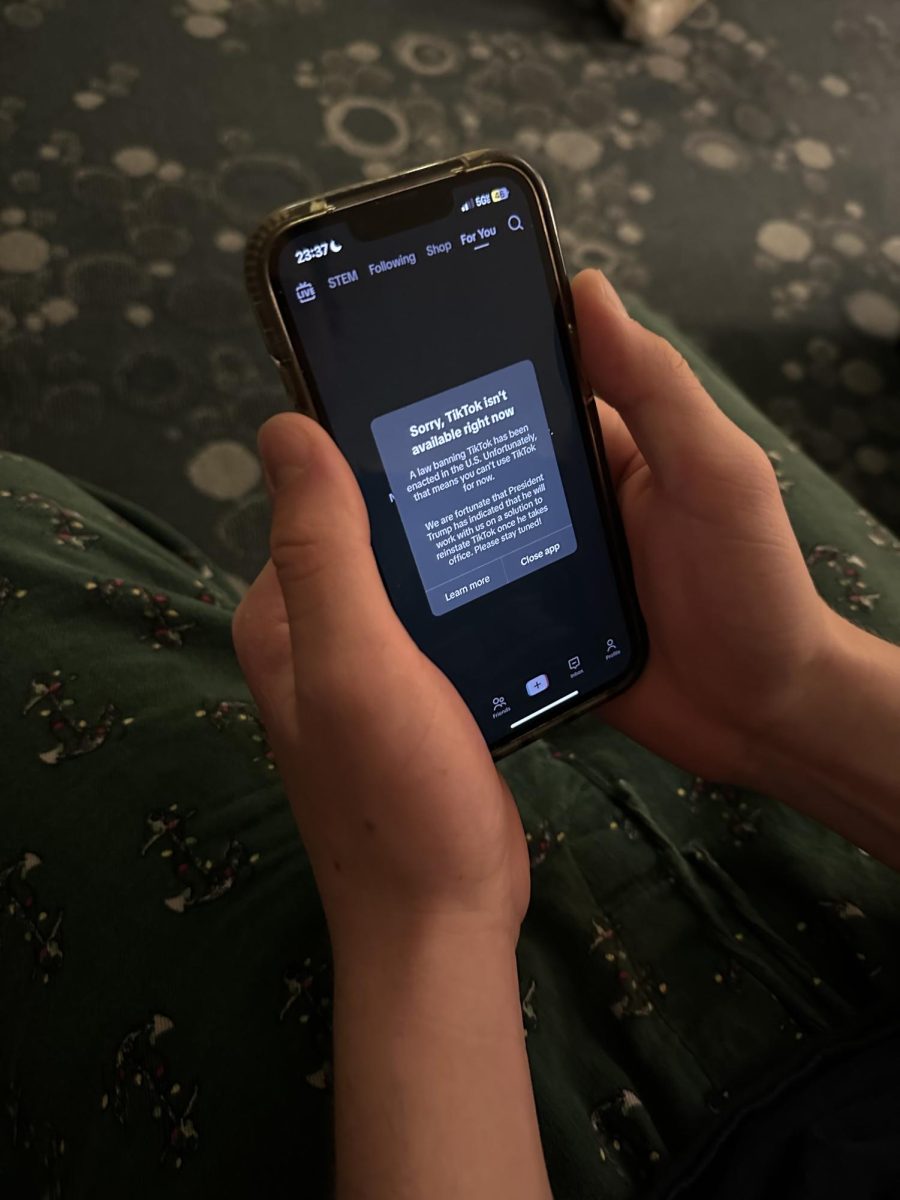
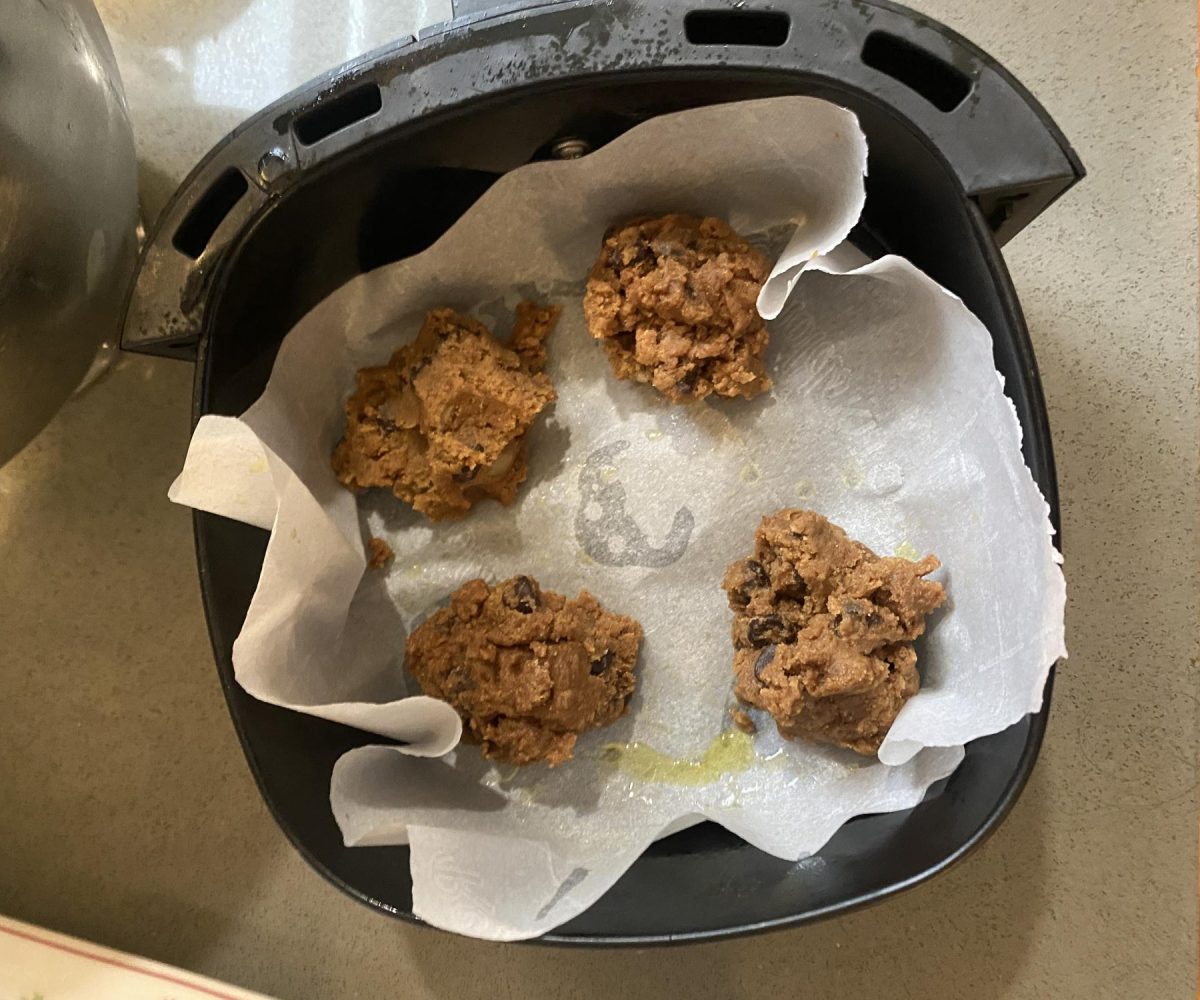



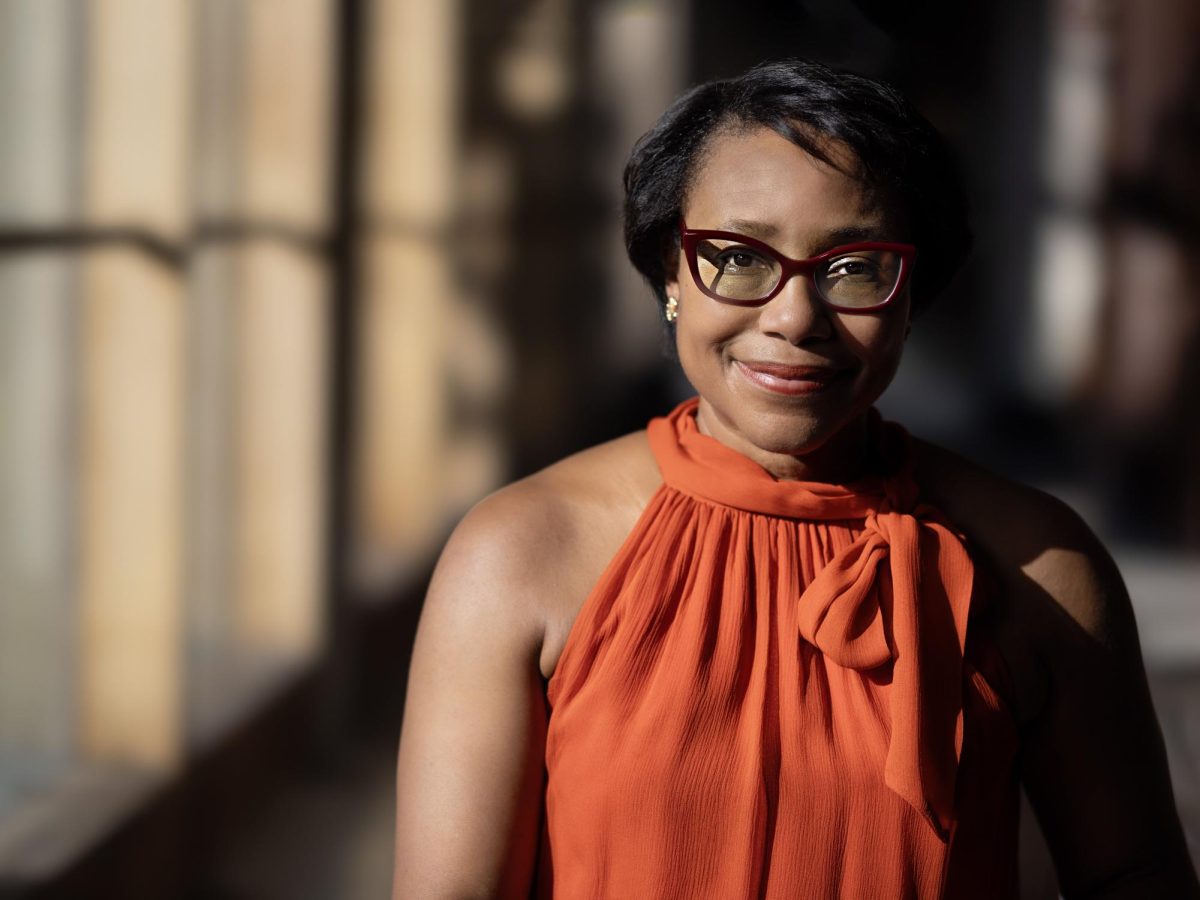
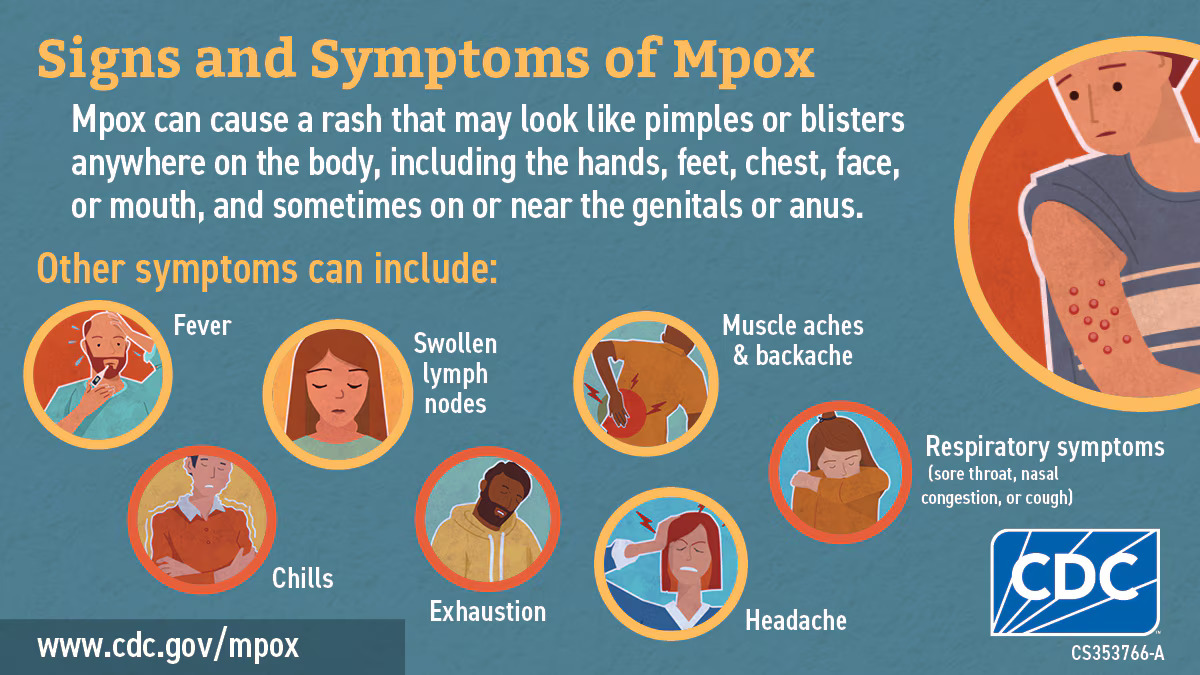
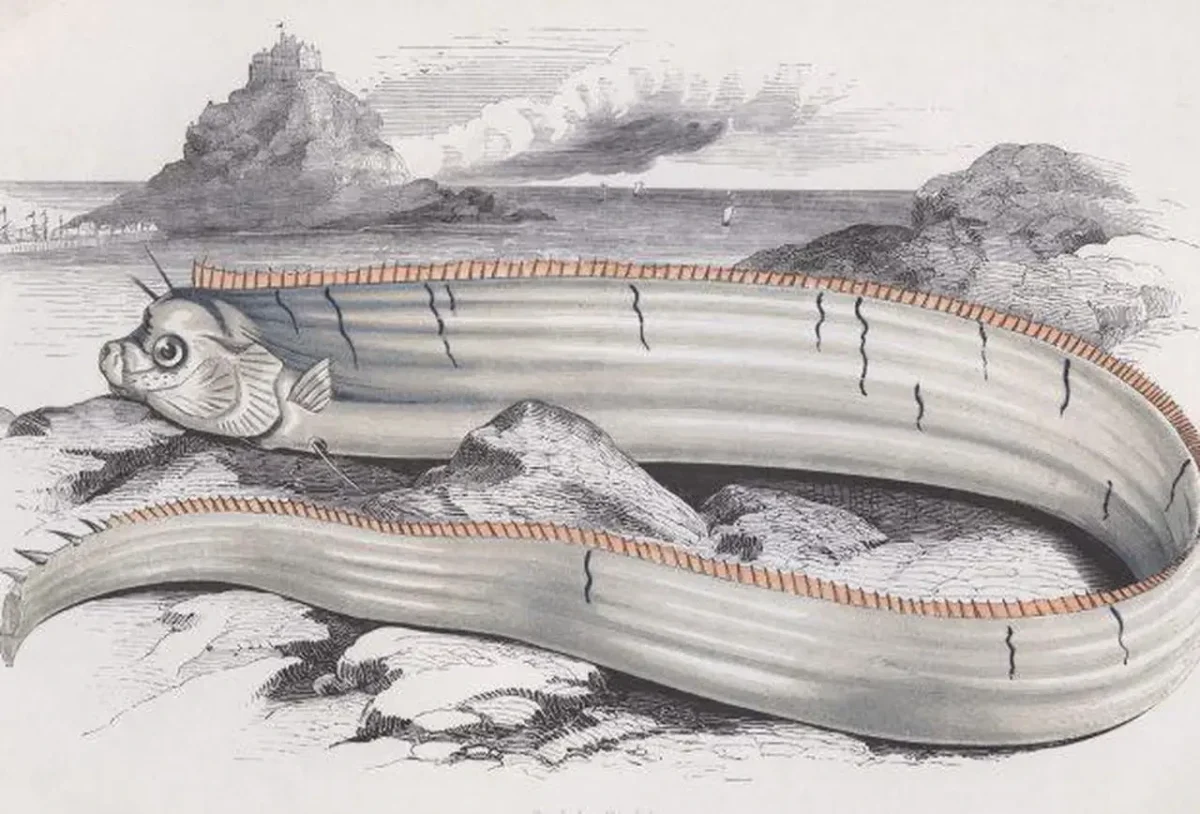
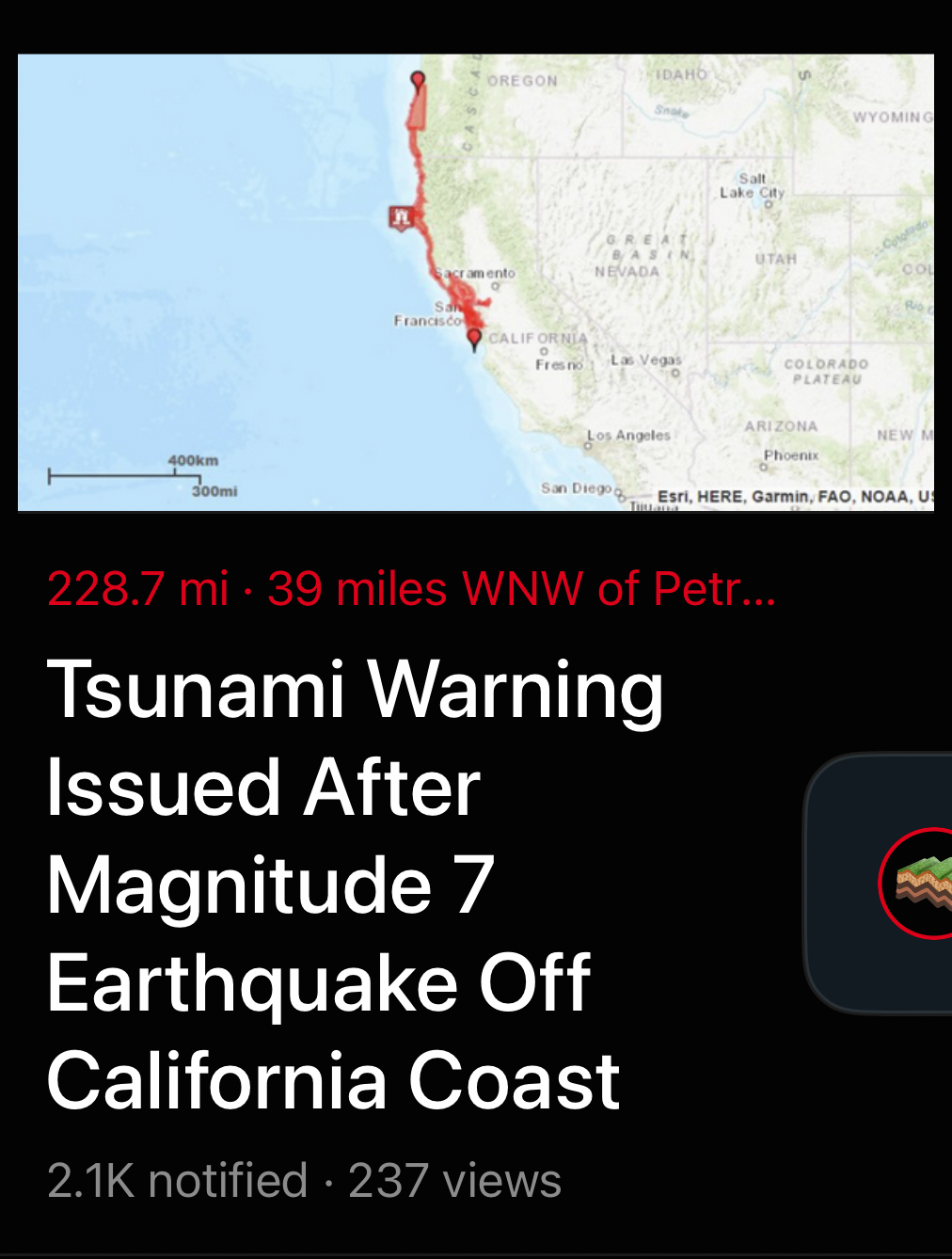

Judy Chovan • Oct 17, 2024 at 6:14 pm
What a fascinating researched and well-written article about an earthquake that was disastrous but it could have been worse. Glad the school and students are prepared. Kudos